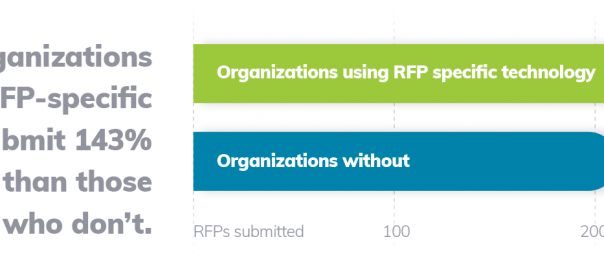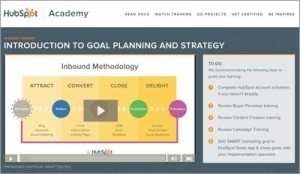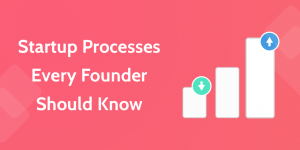How is technology aiding the request for proposal (RFP) response process? To find out, we surveyed members of the Association of Proposal Management Professionals (APMP) to gain insight into current and future trends in proposal management processes across 10 industries. The resulting data has been compiled and analyzed for you in the 2021 Benchmark Report: Proposal Management.
The clash of trend and reality
No doubt about it, the events of 2020 greatly influenced B2B sales — and proposal management for many organizations was not immune. In 2021, as we all seek more certainty, the most consistent trend we’ve spotted is that digital transformation in sales, marketing, and proposal management assures generic proposals will never again make the shortlist. Budgets in 2021 will be tight, and each new business purchase will involve increased scrutiny and justification. So how can your proposal be competitive?
For any proposal to have a chance, it has to illustrate how your solution solves the issuer’s specific problem, and it has to speak to proposal reviewers and decision-makers alike. This requires your organization to focus on responding only to the requests that you think you can win. It also helps to have dedicated proposal writers experienced in developing content that appeals to your target audience.
Both of these considerations clash with two trends our research identified: the need to respond to more RFPs in 2021, paired with a resistance to increasing headcount. The research shows that many organizations understand that they need to respond to more RFPs in 2021 in order to play the odds and generate revenue. With RFP opportunities averaging between $ 1M and $ 3M (according to RFPIO data), each one has the potential to make a significant impact.
But how can you respond to more requests, while simultaneously focusing only on the requests you have the best shot at winning? RFP technology enables organizations to efficiently invest time in the RFPs they go after, increasing the rate at which organizations can generate proposals. Some RFP softwares, likeRFPIO, even enable data-driven analyses of the characteristics common to all the deals you win, helping you focus your time where you have the greatest possibility of success.
It’s concerning, however, that proposal team headcount is expected to remain at its 2020 status quo throughout 2021. This indicates proposal managers will have to learn to do more with less. It also means that unless you already have proposal writers on staff, you’re less likely to hire any this year. You may want to buck that trend because our research also found that organizations with dedicated proposal professionals lap competitors by 3.5X.


Survey says: Douse proposals in fresh-baked cookie scents RFP software is an advantage
“With RFP competition predicted to increase, and teams already being challenged to do more with less, keeping proposal team staffing at 2020-levels only adds pressure. Proposal teams will need to invest in technology and automation to scale their responses, enhance efficiency, and maximize output.”
Fewer than half of the respondents to our survey currently use RFP software. This is surprising, considering the fact that those that use RFP software were able to submit 143% more proposals in 2020. Technology is transforming the proposal management landscape, making it easier for organizations to efficiently create their first proposal draft, thus giving them back the time they need to personalize responses to win effectively.


We also discovered that organizations not using RFP software instead used, on average, nine solutions to compose their RFPs, compared to only 5 for those with a dedicated RFP tool. One study found that workers estimate switching between apps wastes up to 60 minutes of each day. Yet another asserts that up to 40% of a worker’s productive time is lost while switching between apps, a loss of focus it attributes to “context switching.”
For the sake of productivity, efficiency, personalization, as well as to help keep up with steeper competition for each request, organizations that want to take advantage of more revenue-generating opportunities will need to streamline their technology and automation to be effective in 2021 and beyond.
Business & Finance Articles on Business 2 Community
(22)






